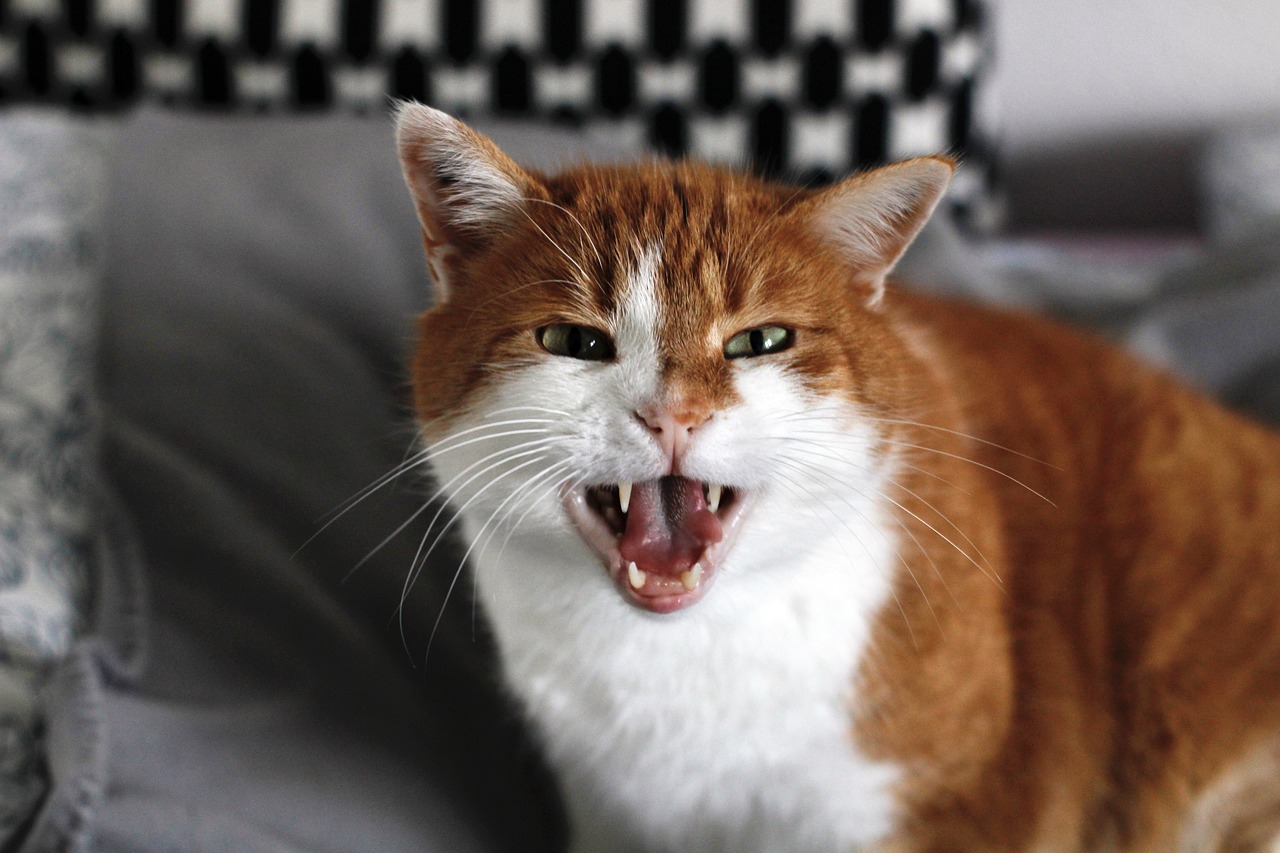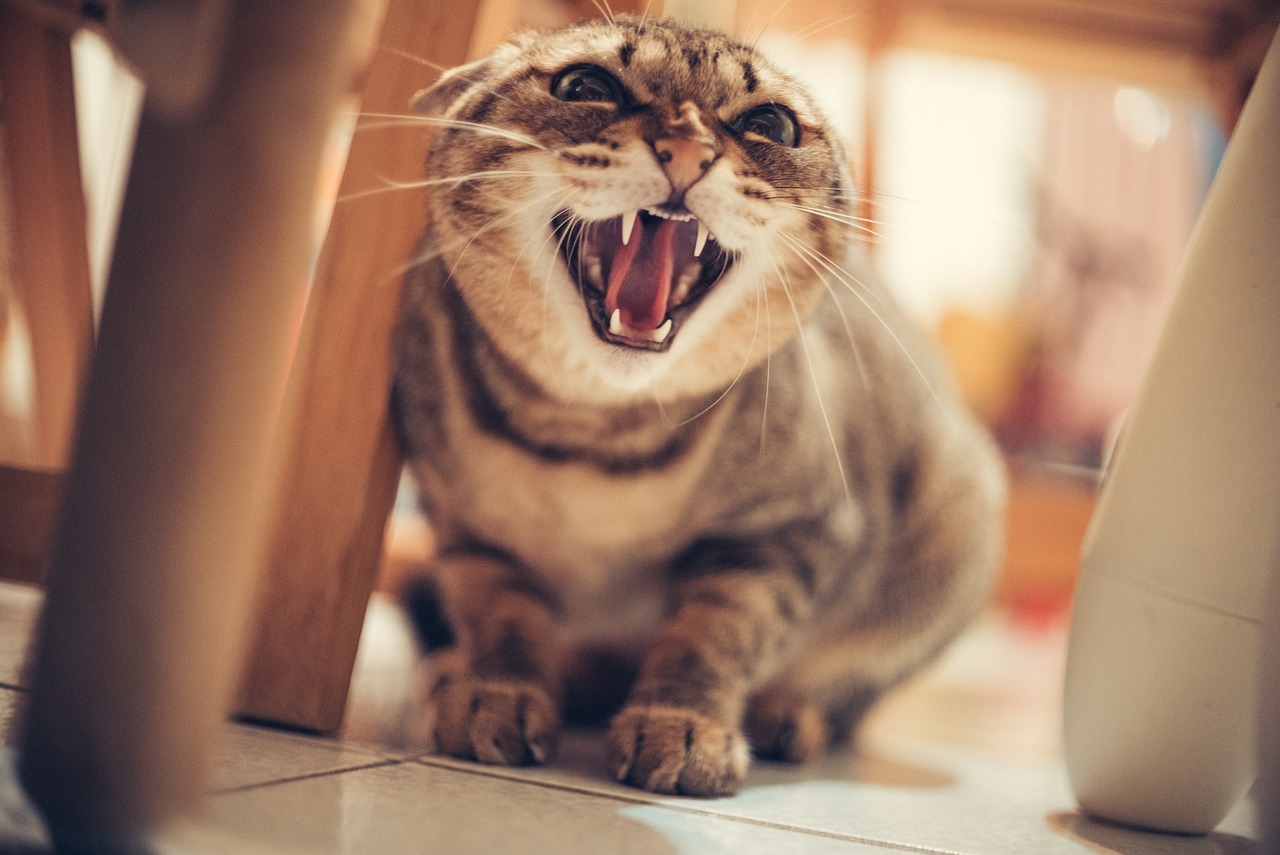What to Do When Your Cat is Hissing: A Guide to Handling Aggressive Behavior
All cats have the instinct to hiss when they feel threatened or fearful. Lowered ears, a rounded back, and bristling hair characterize this defensive behavior. While hissing is a normal part of a cat’s communication, it can sometimes occur for no apparent reason and be directed toward a person. If your cat’s hissing becomes frequent or aggressive, it may indicate an underlying behavioral or medical issue. It’s important not to ignore this behavior and take prompt action. This guide will provide the right approach to handling a hissing cat.
Understanding Hissing and Its Causes
Hissing is often triggered by fear or the memory of fear. It can occur when a cat wants to intimidate another animal, such as a cat or dog. However, it can also be directed towards a specific person, reflecting anxiety or discomfort. Regardless of the reason behind your cat’s hissing, rebuilding their confidence and restoring positive interactions is crucial.
The Right Approach to Address a Hissing Cat
Rule number one: avoid forcing your cat. Allow them to approach the situation or person of concern at their own pace. Here are some steps to help you restore their confidence:
Encourage positive interactions: Encourage the person involved to engage in playtime with your cat. Interactive play sessions using toys can help redirect their focus and create a positive association.
Maintain a calm environment: It’s essential for the person to remain calm and composed when in the presence of the cat, even if the cat acts aggressively. If young children are involved, ensure they are supervised and avoid leaving them alone with the cat.
Foster familiarity: If the person lives with the cat, encourage them to spend quality time together. This consistent presence will help the cat regain trust and confidence over time.
Seeking Professional Help
If the hissing behavior persists and doesn’t improve after a few weeks, it may be beneficial to consult a veterinarian or a professional behaviorist. They can assess the situation and provide guidance tailored to your cat’s specific needs. Persistent hissing could be a result of an underlying physiological issue that requires medical attention.
Case 1: Your Cat Reacts Aggressively While Being Petted
Some cats may exhibit aggressive behavior when being petted. This behavior, known as “petting-biting,” occurs when a cat has reached its tolerance limit for physical contact. Signs of annoyance can include a wagging tail, stiffening of the body, and pricked-back ears. In extreme cases, the cat may bite or screech. If you observe signs of discomfort or annoyance while petting your cat, it’s important to respect their boundaries. Allow them to retreat and calm down on their own.
Case 2: Your Cat Isolated and Hissing

If you find your cat curled up in a corner, hissing, and displaying unusual behavior, it may indicate illness or injury. In this case, it’s essential to approach your cat calmly and provide reassurance. If the behavior persists or if you notice other concerning symptoms, it’s recommended to seek veterinary attention promptly.
In addition to the mentioned steps, it’s important to create a safe and enriched environment for your cat. Provide them with hiding spots, scratching posts, and vertical spaces to help reduce stress and promote mental stimulation. Additionally, maintaining a consistent routine and ensuring their physical and emotional needs are met can go a long way in preventing and addressing hissing behavior. Remember, patience, understanding, and a proactive approach are key when dealing with a hissing cat.
If you have any questions or additional insights to share, please leave a comment below. We value your feedback and look forward to hearing from you.
